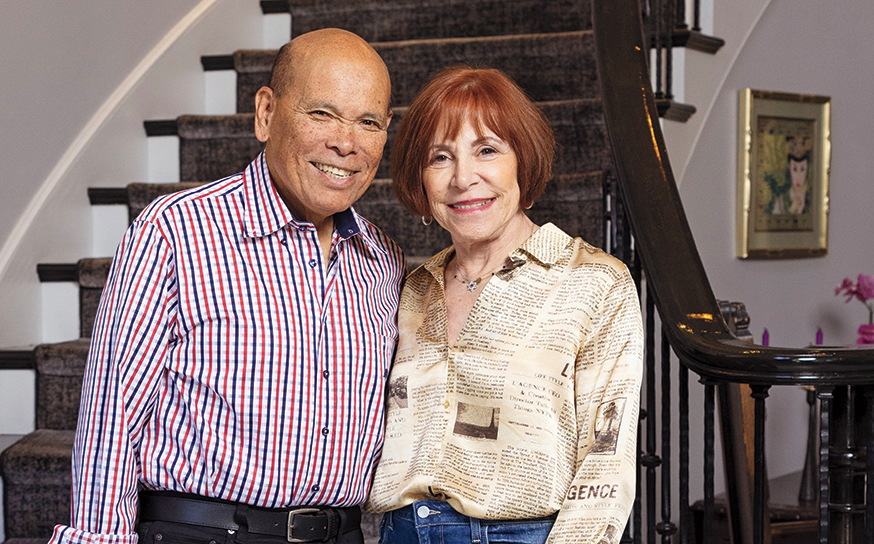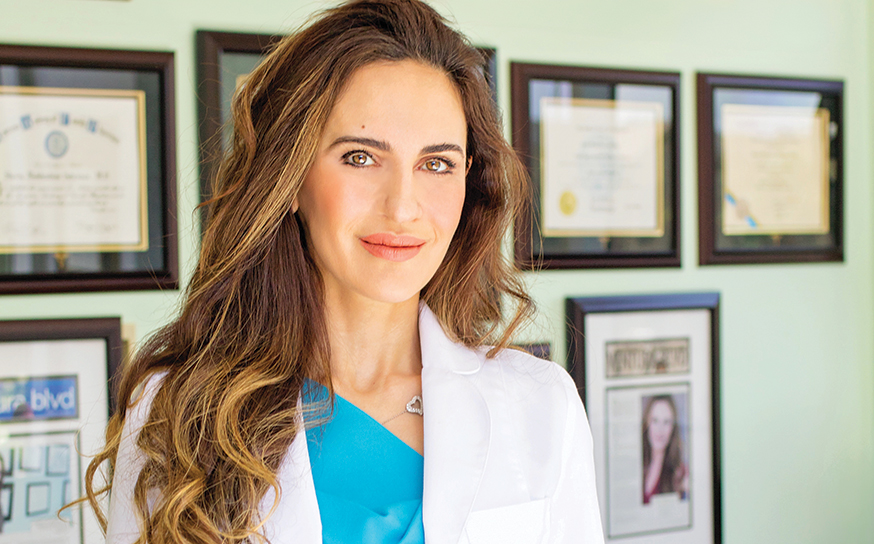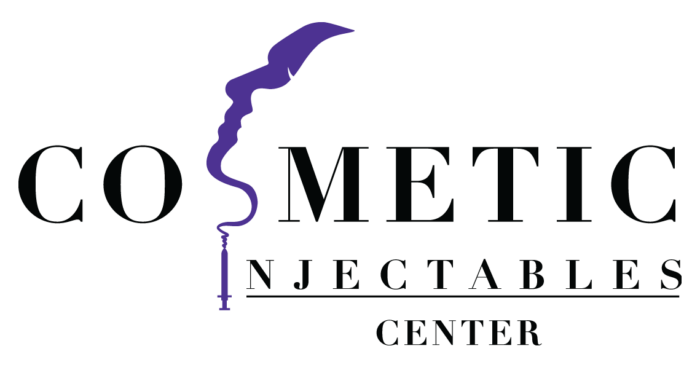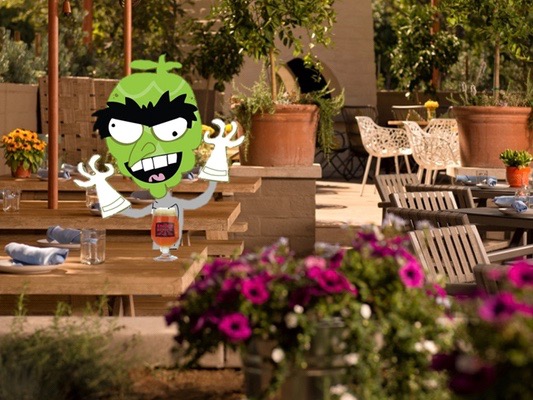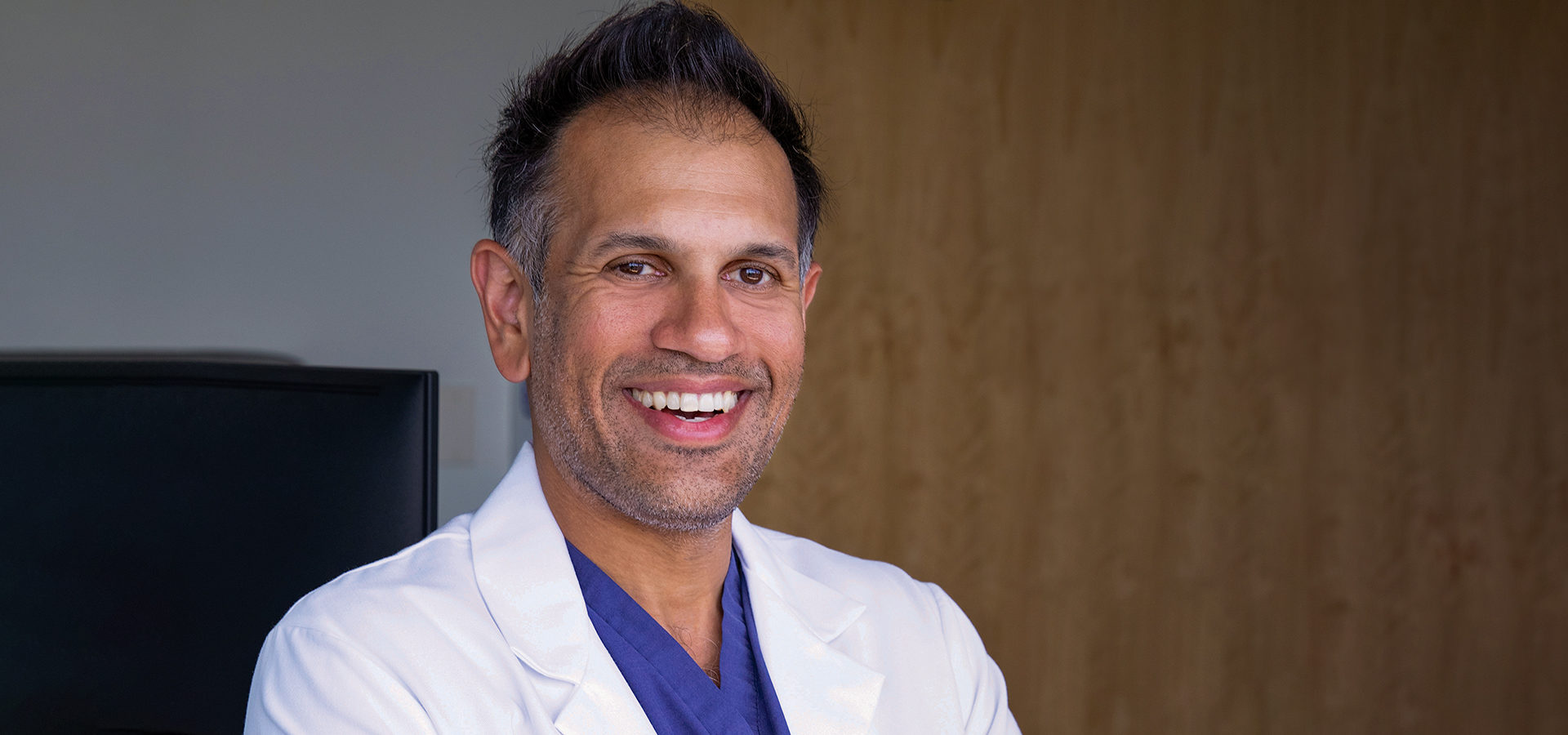
Haven’t Got Time for the Pain
Orthopedic surgeon Dr. Nirav Shah gets patients back to the activities they love.
-
CategoryAdvertorials, Health
-
Written byLaura L. Watts
-
Photographed byTameka Jacobs
It can impact anyone—from the most sedentary to the most athletic. Millions of Americans of all ages suffer from knee pain. Perhaps they have trouble standing up or climbing a flight of stairs—or even sitting in a low chair. Maybe they’re no longer able to enjoy their favorite activity like golf, surfing or jogging.
If you’re one of the millions of Americans of all ages suffering from knee pain—whether from injury, overuse or arthritis—you know how much it can impact your life and even your emotional state. If this common condition is not responding to home remedies, you may be a candidate for robotic joint replacement surgery.
Doctors have been performing knee replacements since the 1960s, and the technologies and techniques involved keep getting better. This surgery is performed about 800,000 times annually in the United States alone, and that figure increases every year.
A robotic knee replacement is similar to a traditional knee replacement. Your surgeon removes damaged tissue in your knee and replaces it with an artificial joint. The difference is the method of surgery. Robotic-assisted procedures allow for greater precision, are safer and less painful, and can lead to shorter recovery times and better results.
While state-of-the-art robotic instruments have the potential to improve the outcome for patients, you still want to choose a highly experienced orthopedic surgeon. The results will only be as good as the surgeon performing the procedure.
“I want patients to understand the procedure they are about to undergo on their body.”
Nirav J. Shah, MD, a board-certified orthopedic surgeon with Providence Cedars-Sinai Tarzana Medical Center, performs 400 total joint replacement procedures per year. Trained as a biomechanical engineer at Columbia University in New York City, he relocated to Los Angeles for medical school and joined Providence Center for Orthopedic Specialists in 2014. He lives in Tarzana with his wife and two children and enjoys the active Southern California lifestyle.
“When I explored my various career opportunities,” Dr. Shah shares, “I asked myself how I could best utilize my experience as a biomechanical engineer as well as give patients the most direct route to recovery. Orthopedics provided me the opportunity to utilize my knowledge of biomechanics to help my patients.”
Specializing in minimally invasive techniques, Dr. Shah uses the most advanced technology in each surgery he performs—including the ROSA® Knee robot. While the surgery remains in Dr. Shah’s skilled hands, the robotic assistant ensures that the measurements and bone cuts are appropriate for each patient’s unique anatomy. Providence Cedars-Sinai Tarzana Medical Center chose to invest in the ROSA system to offer patients several advantages over other systems.
Dr. Shah strives to restore each patient’s lifestyle. “Orthopedic surgery is a field where, once recovery is complete, the patient gets their quality of life restored,” he points out. “I do not have to rely on medication to improve my patient; I get to do it with my own hands.”
The doctor and his team provide a comfortable environment where patients and their families can get answers to all of their questions. A collaborative effort results in an individualized treatment plan for each person.
“I want patients to understand the procedure they are about to undergo on their body,” says Dr. Shah. “I have a very friendly style that makes patients and their families feel comfortable asking questions and that we are a team.”
The knee is a hardworking joint that depends on a well-tuned system of bones, ligaments, cartilage, muscles and nerves. If your continuous pain is adversely affecting your quality of life, make an appointment to speak with Dr. Shah and his team.
“The most rewarding part of my job is when a patient who was in immense pain prior to surgery tells me after surgery that they have their life back,” he says. “Nothing is more important than that.”
Providence Cedars-Sinai Tarzana Medical Center
Nirav J. Shah, MD
18321 Clark St., Tarzana
818-881-0800 | providencecedars-sinaitarzana.org | FB: @ProvidenceTarzana | IG: @providencecalifornia
Natural Beauty
Dr. Sherly Soleiman combines her skills as a physician with those as an injectables expert at Cosmetic Injectables Center in Sherman Oaks, and makes natural-looking results her mission.








